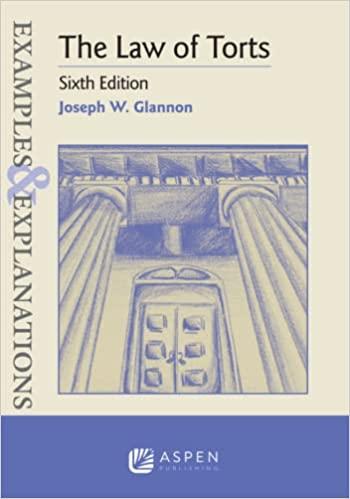Question
Randy Spencer filed a petition for a writ of habeas corpus, seeking to invalidate his September 1992 order revoking parole. Because he had completed the
Randy Spencer filed a petition for a writ of habeas corpus, seeking to invalidate his September 1992 order revoking parole. Because he had completed the entire term of imprisonment underlying the parole revocation, the court had to decide whether his petition was moot. That is, was there no longer any live issue for the court to consider since his sentence was completely served? From his perspective, Spencer identified four continuing "injuries": the parole revocation could be used to his detriment in a future parole proceeding; the Order of Revocation could be used to increase his sentence in a future sentencing proceeding; the revocation could be used to impeach him should he appear as a witness or litigant in a future judicial proceeding; and the revocation could be used directly against him should he appear as a defendant in a criminal proceeding. Explain the lower court's ruling. This case was reported as Spencer v. Kemna, 523 U.S. 1 (1998).
Step by Step Solution
There are 3 Steps involved in it
Step: 1

Get Instant Access to Expert-Tailored Solutions
See step-by-step solutions with expert insights and AI powered tools for academic success
Step: 2

Step: 3

Ace Your Homework with AI
Get the answers you need in no time with our AI-driven, step-by-step assistance
Get Started


